This remote river valley in the mountains of eastern Shikoku’s Tokushima Prefecture is one of my favourite places on the entire island. The sheer isolation of the place made it a popular hiding place for political refugees, and during the 12th century Samurai from the Heike Clan ostensibly fled to the valley to hide after being defeated in the Genpei War (1180 to 1185).
Today, the only people hiding in the Iya valley are travelers wanting to get off Japan’s tourist trail, and I can hardly imagine a better place to do so. Combining amazing nature with cute little villages and plenty of unusual sights, you could spend days exploring the area and still have enough reasons to come back.
If you don’t have a lot of time to spend, read on for descriptions of the Iya Valley’s must-see attractions as well as practical information for exploring this natural paradise.

This post may contain affiliate links, and I might earn a small commission at no additional cost to you. For more info, click here.
Organized Tours of the Iya Valley
If your time in the Iya Valley is limited, and you still want to see as much as possible, an organized tour might be the way to go. There are several options available, like this bike tour of the Valley or this half-day tour with a chauffeur. You can browse for more options below.
What to See and Do in the Iya Valley
As the area of interest for the traveler stretches out over quite a distance, I’ve decided to list the most important points of interest geographically rather than by significance. The list starts in Oboke at the western end of the Valley and ends at the Double Vine Bridge close to Mount Tsurugi in the east.

.
Our Top 3 Places to Stay in The Iya Valley
Budget Option: Heso Camp
Best Value: Hotel Kazurabashi (pictured)
Luxury Choice: Hotel Iya Onsen
.
Lapis Oboke – Demon and Mineral Museum
This gaudy museum is dedicated to an unusual combination of themes: Minerals and Yōkai, the demon-creatures of Japanese Mythology. There are some beautiful examples of crystal formations, but unless you are a geologist, the latter will probably be the main reason to visit.

The museum does a good job of introducing some of the more important Yōkai and explaining their origin and modus operandi, giving you important survival tips, should you encounter these often deceitful creatures😉. All kidding aside, it’s a lot of fun and an interesting glimpse into an aspect of the rich Japanese mythology. The entrance fee is 500¥.
The museum is located in Oboke, near the bus stop Michi-no Eki Oboje. You can also walk there from Oboke Train Station in about 20 minutes. Cross the river east of the station and then walk north along the highway running west of the river until you see a big parking lot on the right hand side. There’s a nice viewpoint on a platform over the river a little farther to the north.
Iya-No Kazura-bashi (Vine Bridge)
One of the biggest tourist draws to the Iya Valley, you’ll likely have to share the visit to this Vine Bridge in Nishi-Iya with plenty of other people (I think we saw more people here than in all of the other parts of the valley combined). You’ll get the best view of the vine bridge from the road bridge directly to the west, but if you want to cross it, you’ll have to pay an entrance fee of 550¥.
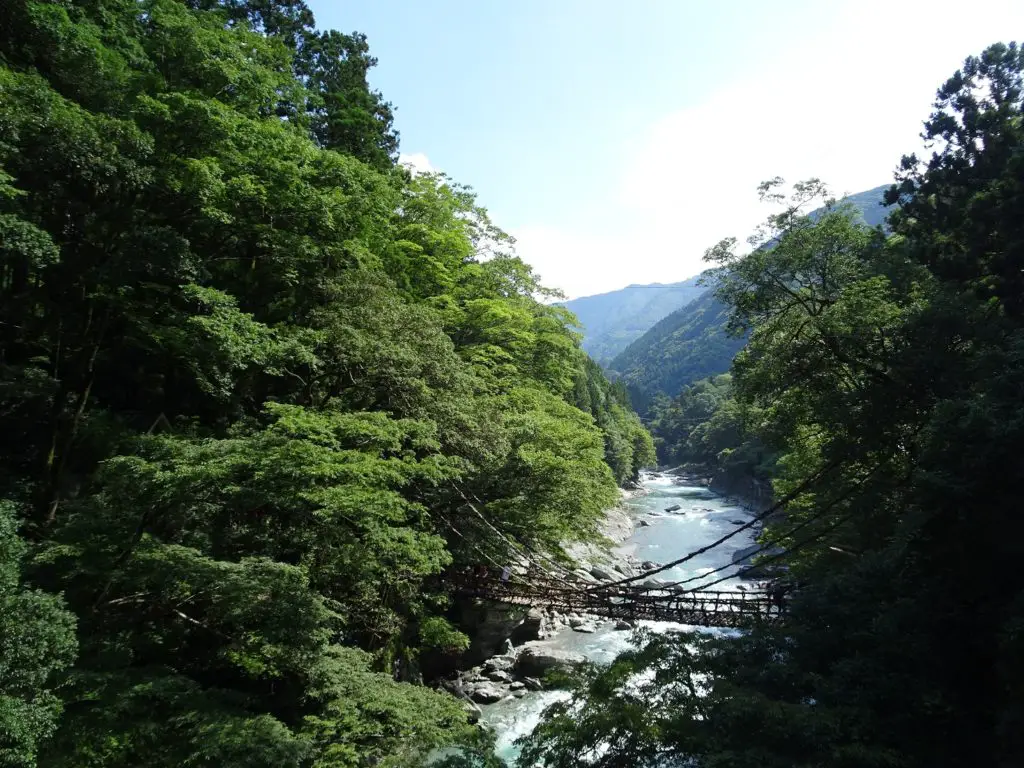
I found it to be an enjoyable experience but be advised: the gaps between the boards are quite big, so if you suffer from vertigo, you should probably stick to admiring it from afar. If you prefer your ancient vine bridges without hoards of tourist, you might want to consider visiting the more atmospheric Oku-Iya Niju Kazura-bashi further east (see below). You can easily reach it by bus (bus-stop Kazurabashi).
Buke Yashiki Samurai House
This preserved mid-18th century house, located high above the village of Kyojo used to belong to a samurai of the local Kita Clan and inside you can get acquainted with the daily living conditions of this highly respected part of Japanese Society. You can explore the central living area as well as the kitchen and servants quarters.
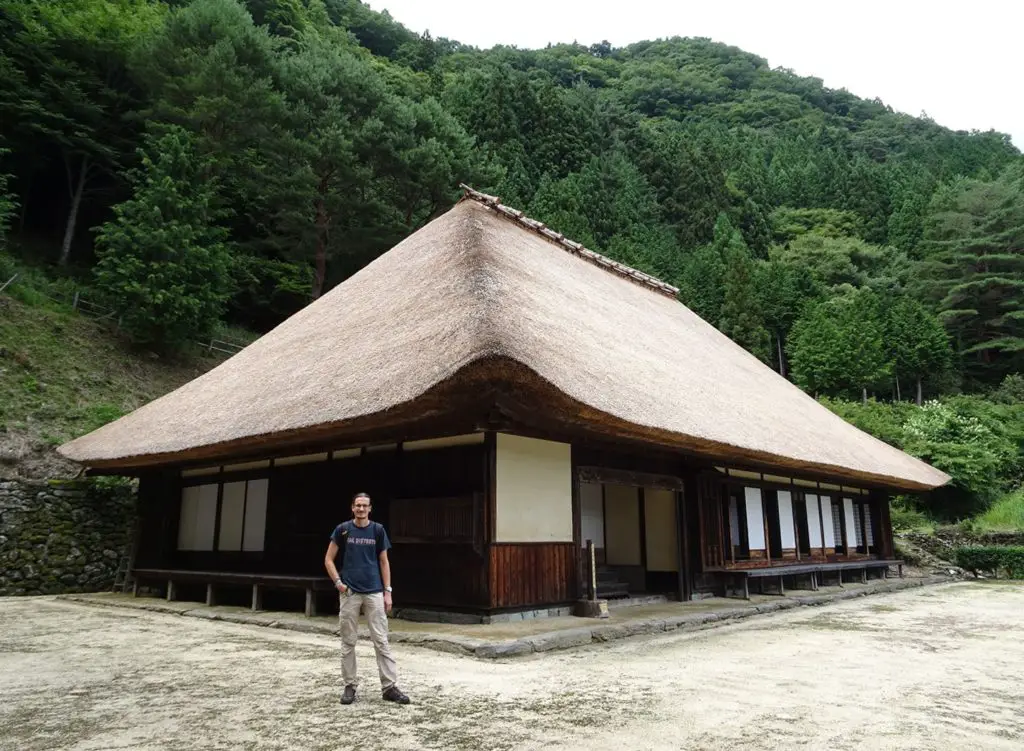
There are some portrait photographs of the former inhabitants as well as some beautiful painted scrolls and plenty of utensils of daily life. Next to the house you’ll find a small shrine and a massive 800 year old cedar tree. The views of the surrounding peaks and the opposite slope of the valley from up here are splendid.
The entrance fee is 300¥ and the closest bus stop is Kyojo down in the village of the same name. To get to the house, you’ll either need your own transport or lug your way up the northern slope several serpentines on foot, like we did. Going by foot, it takes about an hour and really puts the isolation of the place into perspective.
Imagine walking up here every time you wanted to go home – I guess there’s always a price to pay for solitude. Watch out for Japanese Rat Snakes on the way up there – we spotted one hiding in the underbrush near the road. They’re non-venomous, so no need to worry.
Higashi-Iya Museum of History and Folklore
This small museum in the village of Higashi-Iya gives a nice impression of the daily routine of villagers in the valley over the last couple of centuries. Apart from several tools and objects of daily life, you’ll find a reconstruction of a traditional tatami-matted sitting room with a central stove and a fascinating complex figurine used for puppet theatre performances as well as several other interesting displays.
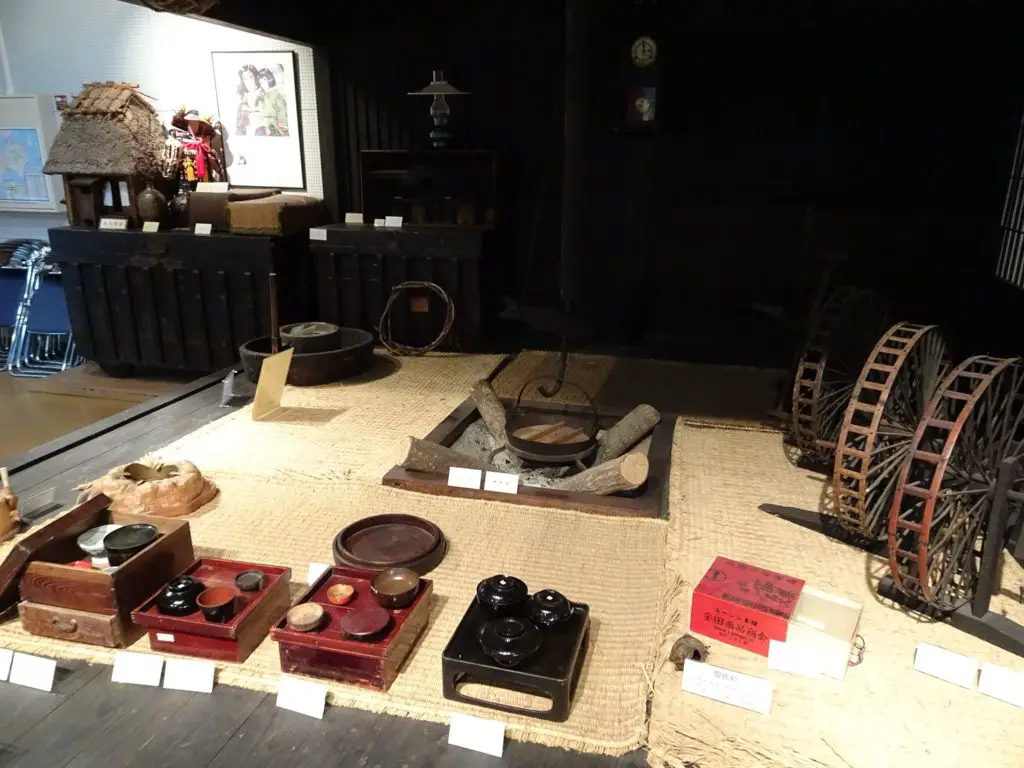
The museum is located right next to the Kyojo bus-stop and the entrance fee is 300¥.
Ochiai Traditional Village
Ochiai is a pretty little village full of traditional houses that lends itself for a great hour or so of exploration. The rows of houses are constructed on terraces across the northern slope of the valley and as you would expect, the higher you climb the better the views get.
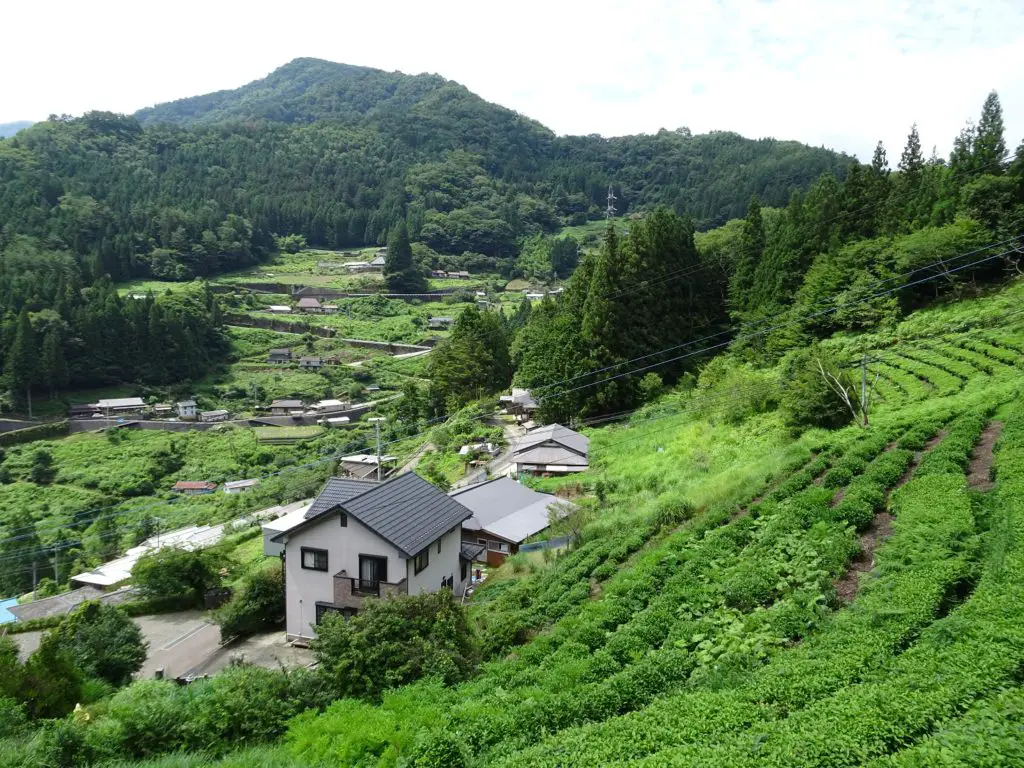
Apart from a number of cute thatch-roofed houses, there is a small Shinto shrine set in a copse in the centre of the village. If you’re hungry, you should check out the small Soba Dojo restaurant at the eastern end of the village serving the traditional regional variation of Soba (buckwheat noodles).
There’s a bus stop at the foot of the village called Ochiai-Bashi.
Oku-Iya Sightseeing Tour Monorail
If you want to explore a bit of the natural surroundings of the valley but don’t feel up to a strenuous hike, this Sightseeing Monorail is the ideal solution for you. Little beetle-shaped cars sitting two people will gently transport you through the forest and up the slopes of the mountain at a surprisingly steep angle.

After you’ve left the forest, you’ll get some nice views of the valley and surrounding peaks before descending to the point you started.
Make sure your schedule isn’t too tight. If everything goes as planned, the whole trip should take about an hour, but we were in there for a bit longer.
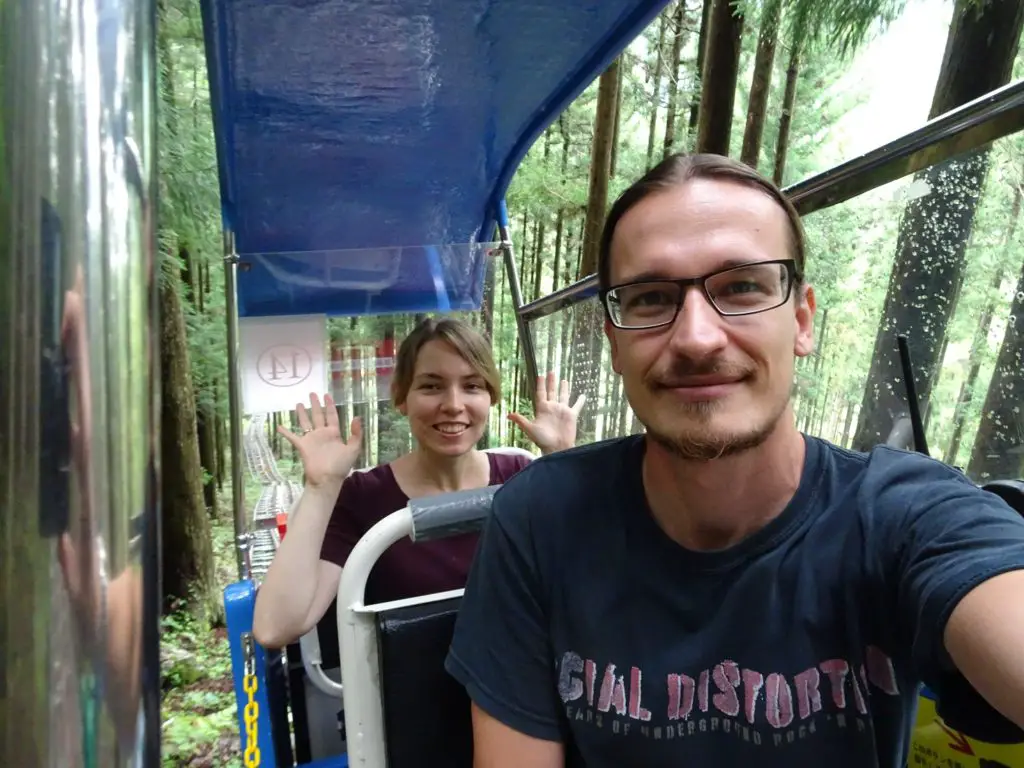
The people in front of us had some technical problems, so we had to hit the emergency brake and wait for the guy in the maintenance beetle to come and kick-start us. Although I have to say, there are worse places to be stuck for half an hour than a beautiful Japanese forest full of fluttering birds.
The tour costs 2000¥ for adults and 1000¥ for children. To get there, you’ll have to take the bus to Sugeoi station, where you can walk across the river to the southern bank and then follow the road running west for about 20 mins.
Nagoro Doll Village
A museum full of demons and a beetle-shaped monorail isn’t weird enough for you? How about a village populated by dolls? The appearance of Nagoro is the brainchild of local artist Tsukimi Ayano.

There’s no entrance fee, and the village can easily be reached by bus (get off at the aptly named Nagoro (Scarecrow Village) bus stop). Coming from Kyojo or further west, you’ll have to change buses in Kubo.
You can find everything you need to know about visiting this unique place in my guide here.
Oku-Iya Niju Kazura-bashi (Eastern Iya Valley Vine Bridges)
This set of double vine bridges is located in the more remote eastern part of the valley, close to the foot of Mt. Tsurigi. As they take significantly longer to get to, the number of visitors they get is much smaller, and we were on our own to explore them.
Crossing them is a bit adventurous and lots of fun (if you’re not suffering from a fear of heights). Apart from that, the interesting way they are constructed is reason enough to check them out, as is the beautiful stretch of river they’re located at.
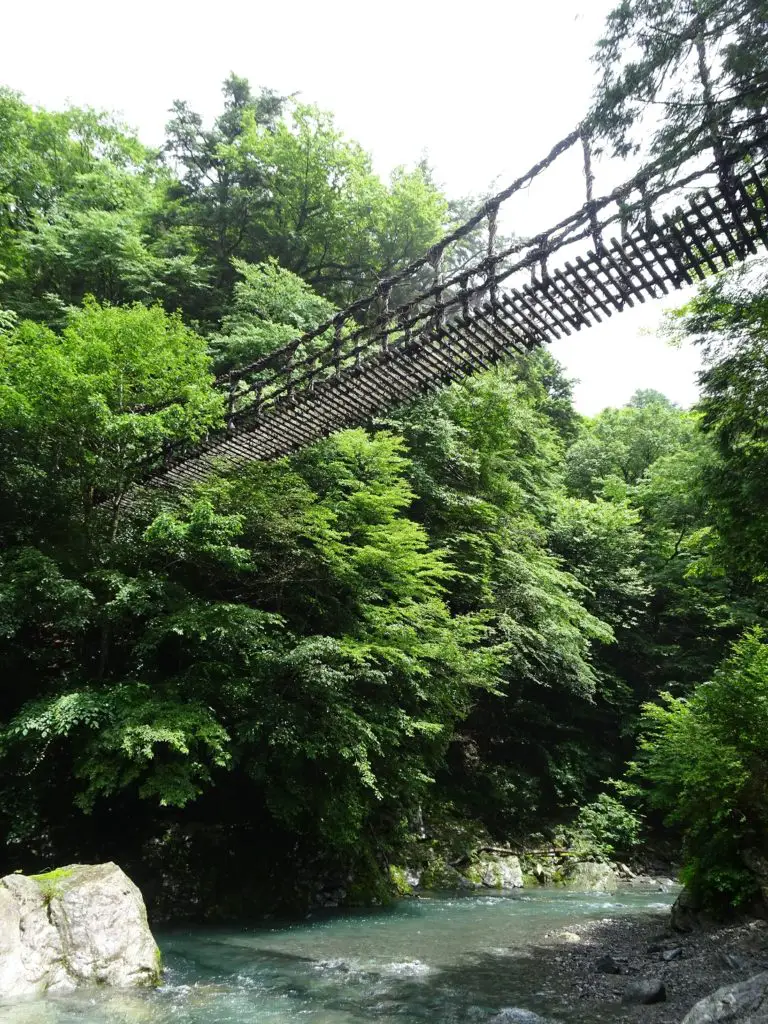
You can climb down to the water and admire them from below, and there’s even a small nature trail leading a few hundred meters east along the river. If you can’t get enough of unusual ways to cross the river, there’s also a small wooden gondola you can use to pull yourself across. The entrance fee is 550¥.
Other Attractions in the Iya Valley
This is the farthest east we got in the valley – if you continue about 5km east, you’ll reach the foot of Mount Tsurigi. I can’t give you any first-hand info on that, but you can check out the information on the Iya Valley Tourism Website.
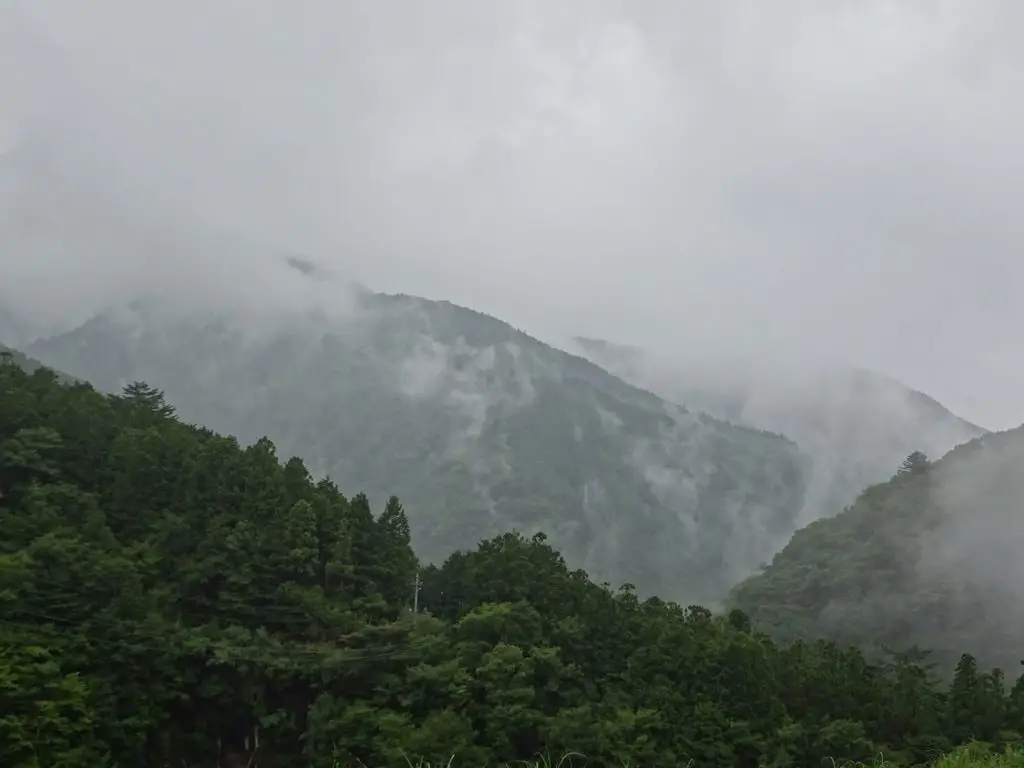
The Iya Valley is vast and you could spend weeks exploring the beautiful surroundings. There are some other attractions we didn’t make, which you could check out. For instance, there are several companies offering boat tours along the river in Oboke.
The undisputed emblem of the valley is the statue of a Peeing Boy situated atop a cliff somewhat close to Iya Onsen, a traditional bathhouse-hotel popular with domestic visitors. Both of these locations can be found along the road between Miyoshi in the south and Iyaguchi in the north.
Iya Valley Map
All of the attractions that I’ve described in the post can be found in this map of the Iya Valley.
Practicalities
How to Get to the Iya Valley
By far the best way to get around Japan is by using the country’s impeccable train system, which is fast, comfortable and efficient. A regional JR-Railway pass allows for unlimited use of Shikoku’s JR railways for 3 (12,000¥/91$), 4 (15,000¥/113$), 5 (17,000¥/127$) or 7 days (20,000¥/149$), which is a fantastic deal. You can order your pass online on this site.
Oboke, at the western end of the Iya Valley can be reached by JR train from Kochi in the south (about 50 mins. / 1,300¥) and Takamatsu (about 1,5 hours/1,800¥) or Kotohira (about 40 mins./1,100¥) in the north.
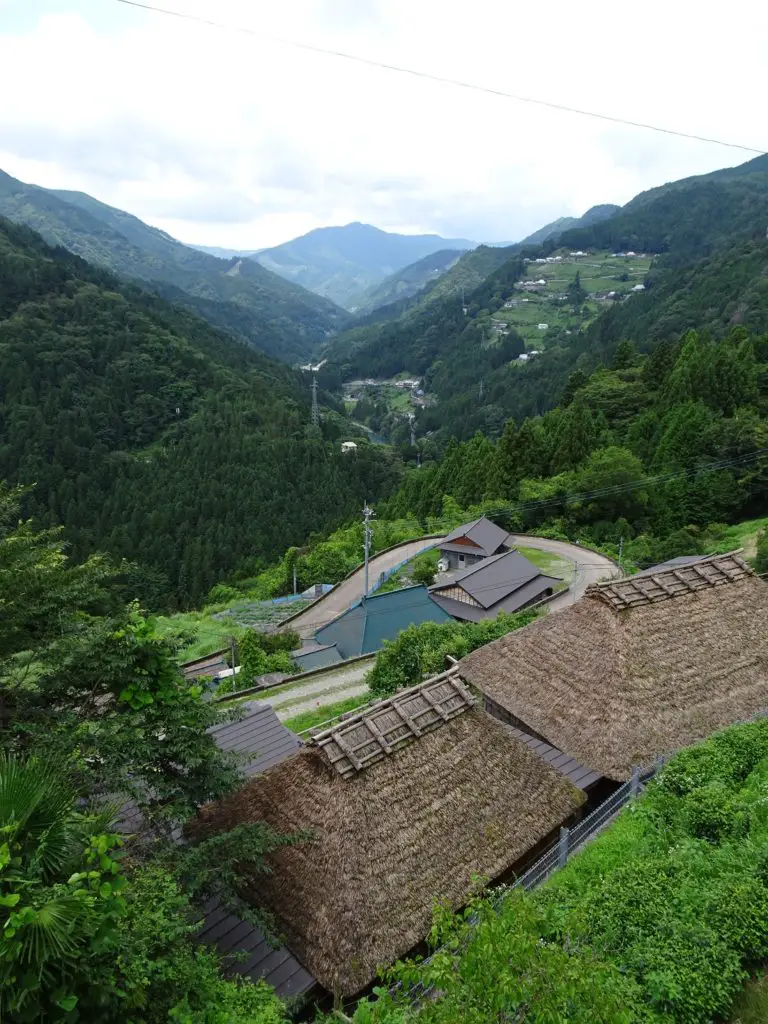
In Oboke you can board local buses traversing the valley from west to east (See How to get around section).
Where to Stay in the Iya Valley
There are a couple of places to stay in the valley but budget options are somewhat scarce.
We stayed at Yoki Guesthouse in Miyoshi but at the moment they only seem to rent entire apartments, making it more of a mid-range to top-end option. If you do decide to stay here, you can sleep in the traditional way on mattresses atop the tatami mats on the floor. The guest-house is impeccably run by Usin, who speaks English and is very knowledgeable about the surrounding attractions.
Currently, the most affordable options seem to be Heso Camp or 4S Stay Awaikeda Ekimae in Miyoshi.
Mid-Range and Top-End options are a bit more frequent. One of the most popular ones is Hotel Iya Onsen, sporting beautiful views and warm springs to bathe in. Hotel Kazurabashi near the western vine bridge also famously features open-air baths with a view.
You can browse for more options here:
Where to Eat in the Iya Valley
As there are no big towns in the valley, the numbers of restaurants are limited. One of your best bets is to eat at your hotel or guest-house. For example, Usin at Yoki Guesthouse cooks some super tasty dinner and there’s also a kitchen where you can do a bit of self-catering.

There’s a small grocery store in the village where you can get provisions. Apart from that there are some small restaurants and cafés in some of the villages in the valley. You could try Soba Dojo in Ochiai to try some of the local Soba Noodles served in a cold broth. There are also some cafés near the Iya-No Kazura-bashi vine bridge.
How to Get Around in the Iya Valley
The easiest way if you’re short on time would be renting a car in Takamatsu or any of the other big cities on Shikoku and drive yourself. If that’s not in your budget, it’s possible to get around the Iya Valley without a car – It just takes a bit of planning. We managed to see all of the above sights in two and a half days using only public buses.

Mainly, there are four buses going west to east per day and four going the other way. You can check out the current schedules here. You get a ticket while boarding the bus and pay the driver when you leave. There’s a constantly adjusting electronic display telling you the necessary balance of your ticket number.
At the time of writing, four buses a day make their way through the valley. To get to attractions in the eastern part of the valley (like Nagoro Village or the Double Vine Bridge), you’ll have to change buses at Kubo (where you won’t have to wait as the buses are timed perfectly).
Where to Go Next
Takamatsu, home to one of Japan’s most beautiful gardens
Kotohira, a cute small town featuring an impressive Shinto Shrine
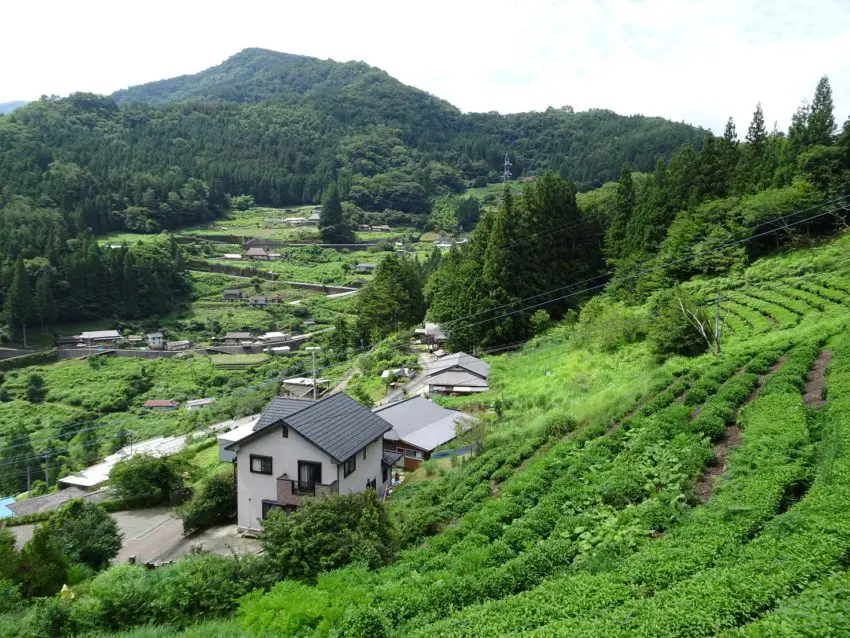

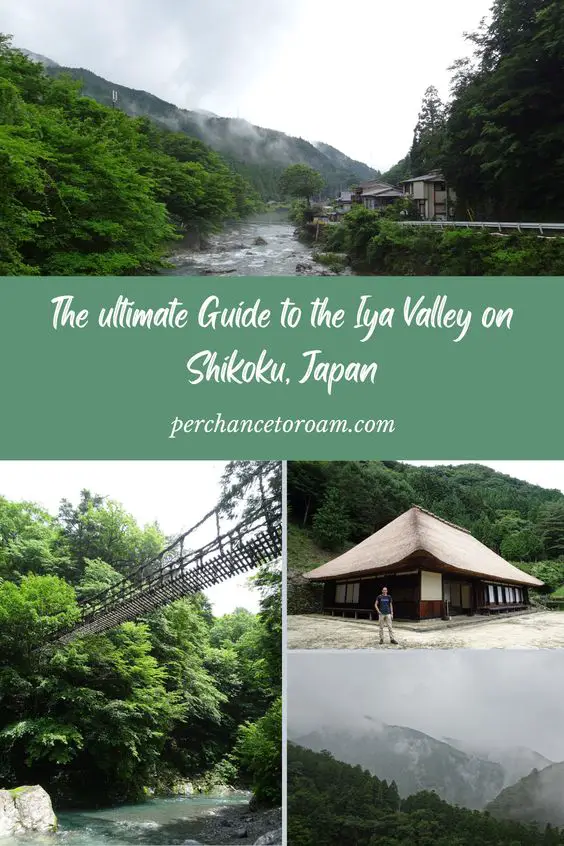
Thank you so much. Planning to visit this spring. Wanted to stay there for a while
You’re very welcome, Daniela! This is definitely an area that rewards a longer stay, as there’s a lot to see. Feel free to contact me if you have any further questions:-)
Thank you. Where i can contact you Reinhard? My gsm 0032 472 907679
Daniela.terrile@gmail.com
If you have any questions, you can drop me a mail at reinhard[at]perchancetoroam.com